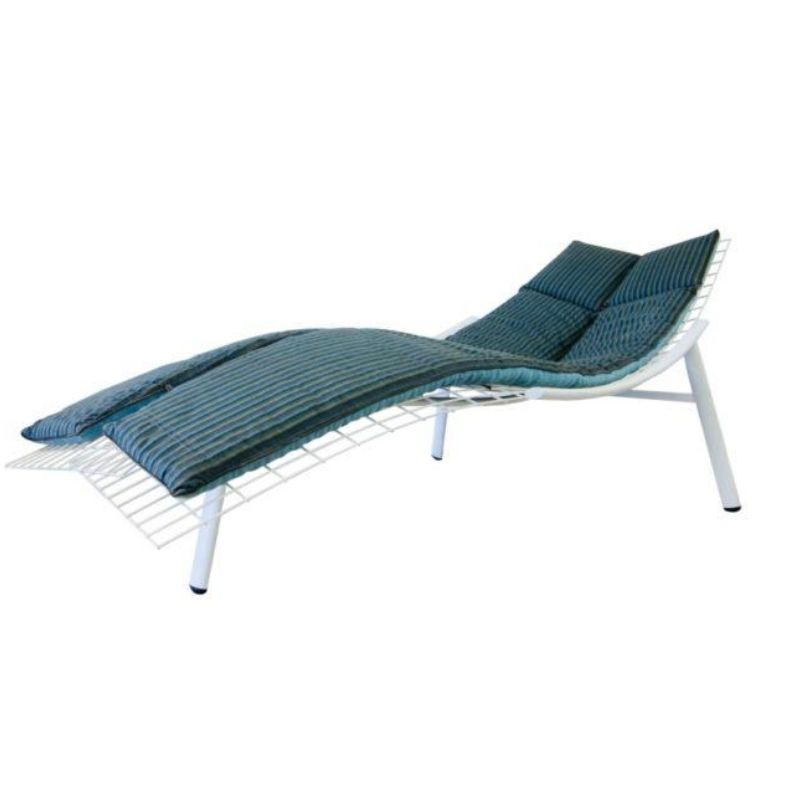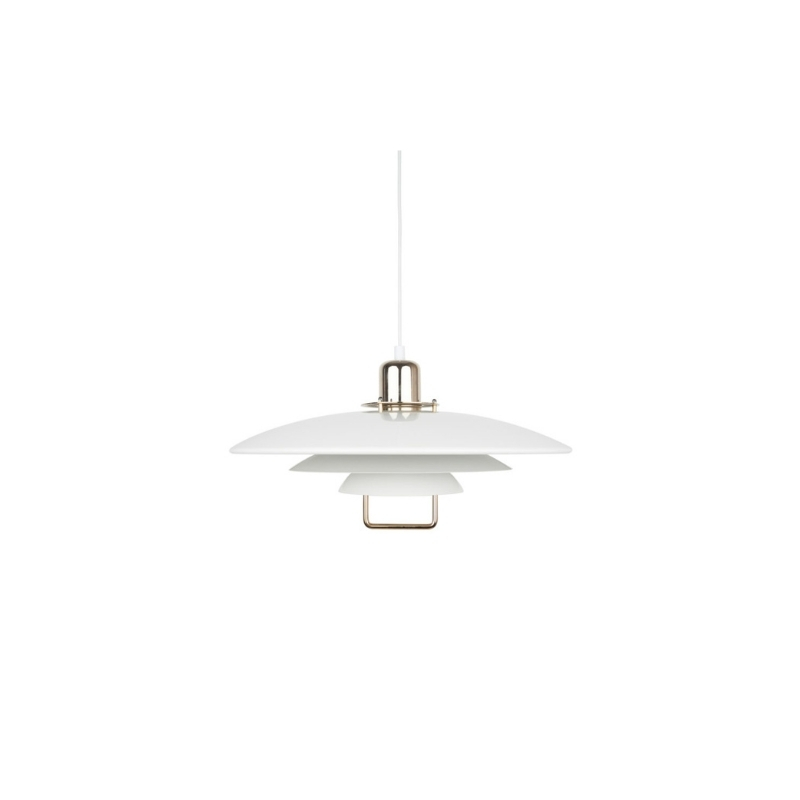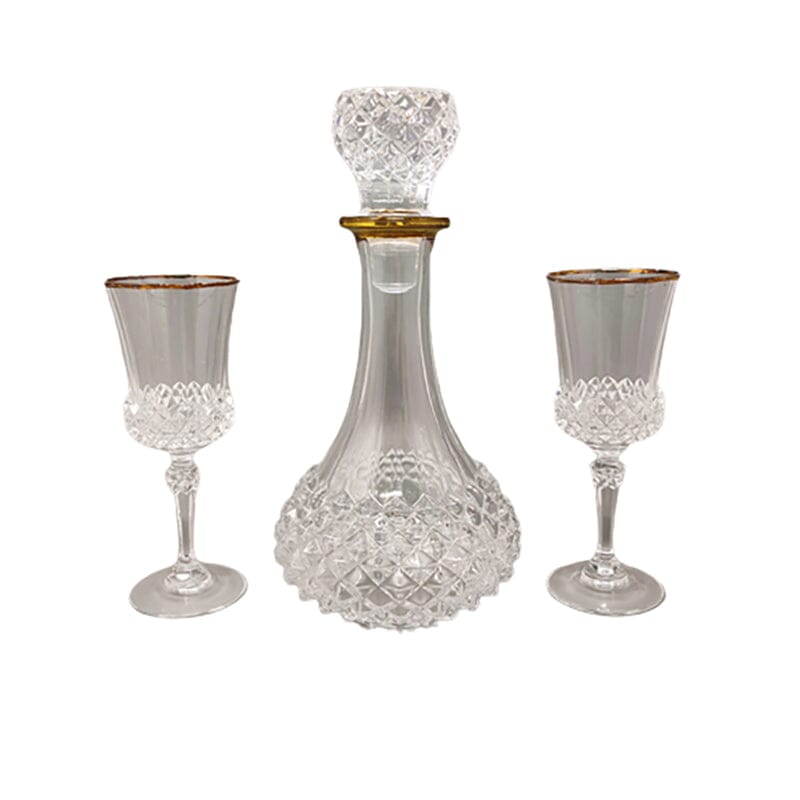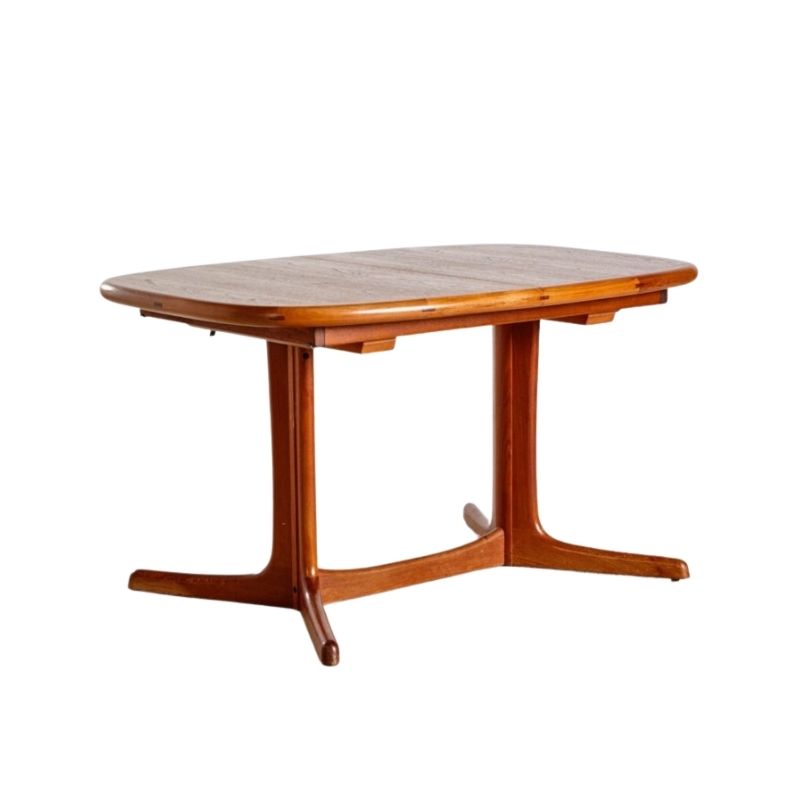I can throw out a pile of plausible attributions, but I won't because I am afraid they might stick.
I would do the order of operations like so:
1. attach the webbing and zig zag springs to the two boards
2. screw one board onto the frame, preferably using screws with a wide flat head and washers, and properly pre-drilled holes.
3. pre-drill at least four holes on the other side, and four loose holes through your new board. Now it depends on how much stretch space you need. Say you need an inch and a half, but the frame you are screwing to is only 3/4 inch thick. You acquire a few longer screws, and screw them in first (use washers), partly closing the gap, then you switch to the other two holes, and use shorter screws to close the gap more. Thus you can "ratchet" the board tight against the chair frame.
And please go acquire a hard maple boards for this. And wear eye protection in case something comes loose while you are tightening it down.
Can't thank you all enough for the input on this. While I'm still hopeful that I might get lucky and determine the maker/designer, at least I have a project to do in the meantime. Hopefully, I will attack it sooner, rather than later. 🙂
Thoughts in my brain . . .
How stretchy should the straps be? Does it matter if they are rubbery versus a woven type? Seems to me that the key factor is that they are resistant enough to compress the springs. But do they also need to give a little under pressure?
And, how much arch should be left in the spring? Maybe an inch or two in the center? Obviously, they can't bow enough to interfere with the seat cushion being able to lay nice and flat.
Thanks again. I think I'm ready for this! . . . except for not having maple boards, staple gun, straps, and screws. 🙂
You know, if it were up to me I'd probably just do elastic webbing and skip the sinuous springs altogether (but keep them around in case the next owner wants to deal with it).
That said...the springs should have some arch. Measure the length of the spring marks on the foam and then lay a spring next to a yardstick and press down on it until the spring reaches that measurement.
I am pretty sure that the original webbing was Pirelli. It looks like it in the photo--dried up beige rubber with a fiber core, unless I'm reading more into it than is there. You can get this stuff online. There's also woven elastic but I'm pretty sure it's a little bit wider than Pirelli (none handy and too lazy to google!) so it wouldn't work if you want to weave the webbing in and out of the springs---except the indents on the foam make me think that it wasn't done that way originally. Not that that would be a big sticking point. The main thing is to get the right degree of support under the foam.
As for how much to stretch the webbing---i think if you get 1.5" out of it you are doing pretty well. You might want to work the second maple board into place with a couple of big C clamps; it will take a lot of muscle to stretch that many straps at one time. There's no way I could do it, but then I don't work out. Haha.
If you do use C clamps, be sure to protect the upholstered side of the seat frame. I would use a 4" wide board the length of the frame and stick a folded towel under it just to be super safe. It is very easy to make permanent dents in old foam and upholstery with that kind of pressure.
Well, I got it done. After Spanky mentioned something in one of his posts about the spring indention being complete in the foam cushion, meaning the strap did not pass through the entire length of the spring, I looked deeper. Sure enough, also imprinted in the foam was the area where the straps laid against it. You could clearly see that the strap came in from the edge only a couple of inches on each end. So, that's the way I went about it.
The store I went to this morning did not have maple, so I settled for poplar. It's not quite as hard, but is still considered a hardwood. I'm very pleased with the way it turned out. It sits beautifully.
Thanks again for all of the assistance offered by the folks on here. It was greatly appreciated. Now, back to trying to figure out who made it. 🙂
I blame Google for telling me poplar is considered a hardwood . . .
. . . and I blame myself for assuming spanky was a he. Please forgive me, spanky. And thank you again for your insights, as they were helpful and very much appreciated.
I'm going to look that mechanism over and report back.
Took a little excavating to get down to where I could read it all . . . but here is what I found. Since I've seen the same chair on a different base, and the same base on different chairs, it seems that they provided bases to others. But maybe we can narrow down the companies that used them?
Hey . . . at least we have something!
Like I said above, I've seen zig zag springs on a Norwegian reclining chair I re-upholstered. It was made by Stranda Lenestolfabrikk. It had a German reclinI got mechanism. So I don't necessarily that your reclining mechanism and your chair have to come from the same place, but I can't help but think this increases the likelihood that your chair is Norwegian, and perhaps even made by Ring Møbelfabrikk.
I would not expect Møbelfabrikk to be used by a company that only makes reclining mechanisms. The term is used for furniture factories, as opposed to smaller cabinetmaker workshops.
No problem, VR! You weren't the first and won't be the last, I'm sure. I registered here a long time ago and wasn't very active for awhile. If I'd know how involved I'd become, I would have put a little more thought into my username!
The chair looks great! My money's on it being Norwegian.
Well right now you have an amazingly good lead that seems likely to pan out: Ring Møbelfabrikk. If you can verify that the company was indeed in the business of making furniture as the name indicates, then you will have probably figured out all you are reasonably likely to ever know about the chair.
I am certainly pleased to know what I do at this point. And I thank you for encouraging me to look closer at the base.
I am struggling a bit, though, with the owner's insistence that it was imported from Denmark. And I did read a thread on here that suggested "Ring Mobelfrabikk" provided bases to various makers, including for recliners in Denmark.
I may never know everything, but I know quite a bit now. And I'm grateful for the help in getting here. This forum has been informative, and enjoyable.
If you need any help, please contact us at – info@designaddict.com









